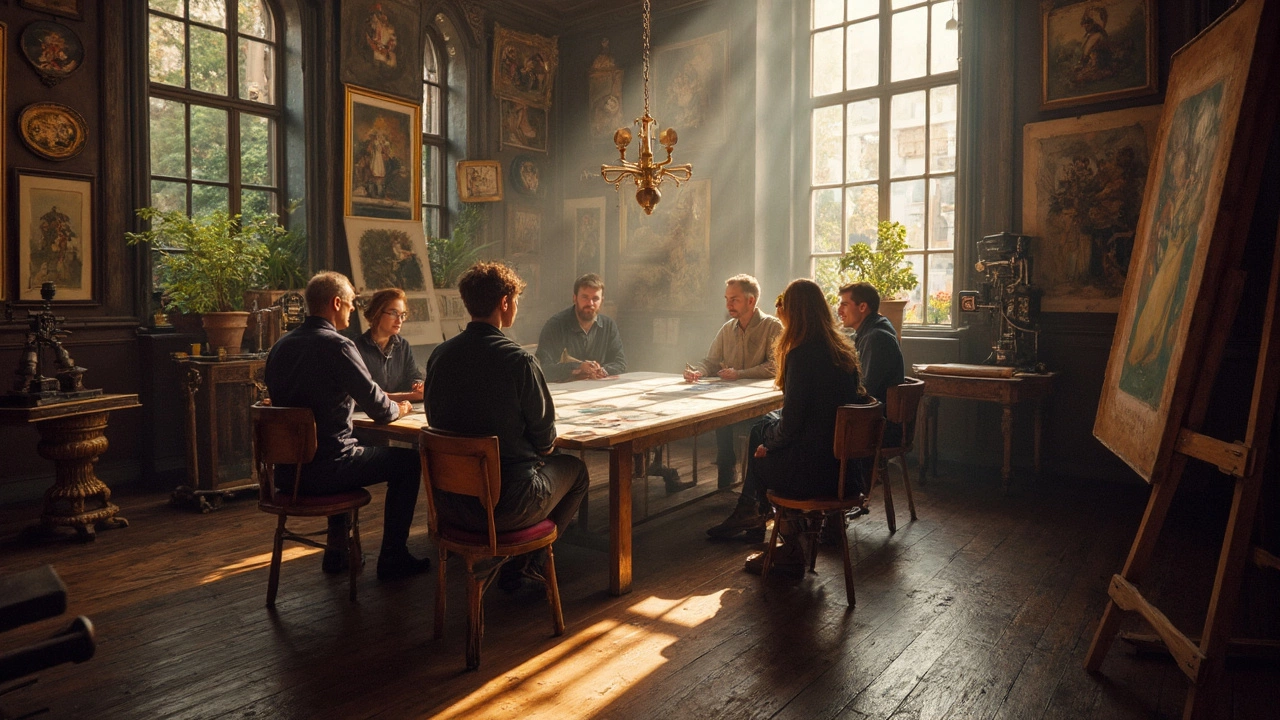MFA Guides & Tips for Everyday Artists
If you’re hunting for MFA info, you probably want clear, useful advice without the jargon. Whether you are a student, a hobbyist, or a pro looking to sharpen your skills, this page gathers the most helpful tips in one place.
What an MFA Really Means for Your Art
Master of Fine Arts is a graduate degree that focuses on creating art, not just studying it. It gives you studio time, mentors, and a network of peers. Most programs expect you to produce a big final project called a thesis exhibition. That exhibition is a chance to show off what you’ve learned and start building a professional reputation.
People choose an MFA for three main reasons: to get deeper technical skills, to learn how to talk about their work, and to meet galleries or collectors. You don’t need the degree to be a great artist, but it can open doors and give you confidence in the studio.
Practical Tips You Can Use Right Now
Here are five quick actions you can take whether or not you’re enrolled in an MFA program.
1. Pick a niche and stick with it. Look at the art you love most – sculpture, oil painting, digital art – and focus your practice there. For example, our guide on How to Learn Sculpture Art breaks down the basics you need before you buy expensive tools.
2. Build a simple portfolio website. A clean site with a few strong images beats a long list of mediocre work. Use clear titles, short descriptions, and keep the design uncluttered.
3. Practice pricing early. Our article on How Do You Price a Sculpture? shows you how to add material cost, studio time, and market research to set a fair price.
4. Get comfortable with exhibitions. Knowing How Artists Get Exhibitions can save you months of guesswork. Start by reaching out to small local galleries, offering to curate a pop‑up show, and always follow up with a thank‑you note.
5. Keep learning outside the classroom. Watch tutorial videos, read blogs, and join online forums. Even if you’re already in an MFA, fresh ideas from places like our Modern Art: Should We Call It Real Art? post can spark new concepts.
All these steps work whether you’re in a formal program or teaching yourself. The key is to stay consistent, ask for feedback, and treat every project as a chance to improve.
Finally, remember that an MFA is a tool, not a guarantee. Success still depends on how hard you work, how well you promote yourself, and how often you create. Use the resources on this page to fill the gaps in your knowledge, and you’ll move closer to your artistic goals.
